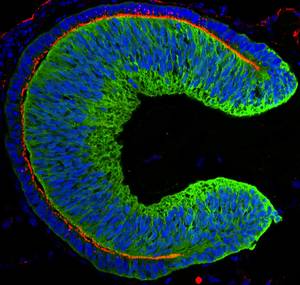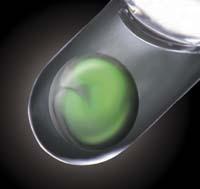Fraud in science
2015/01/19 Galarraga Aiestaran, Ana - Elhuyar Zientzia
There has always been scientific fraud. Last year's highlight was that of the RIKEN research center with stem cells. Not only for the measure of fraud, but also for its consequences: the most prestigious scientist who participated in the investigation committed suicide.
It was called Yoshiki Sasai and was one of the authors of the STAP recipe for transforming common cells into stem cells. It was an almost magical recipe, much easier than it had developed until then. The components and the complete procedure were published in the journal Nature in January last year in two articles.
Almost immediately doubts arose about the work, at least eight researchers stated that they could not repeat the research (repeatability is the basis of the scientific method). In February, RIKEN conducted an internal investigation that concluded that the main signatory of scientific articles, Haruko Obokata, had erroneous behavior. The knot narrowed and in July Natura rejected the two articles.
Aside from Sasai's suicide, one might think that the rejection of fraudulent articles is an effective mechanism to ensure the correction of science. However, concern about fraud is growing. On the one hand, because rejected articles are not always rejected, in many cases they are still accepted and cited. And on the other, because more and more articles are rejected after publication: In 2000 there were 30 articles, more than 400 in 2014.
Thus, many experts believe it is time to take steps to avoid fraud, because otherwise science may lose credibility. They have no easy work: According to the forecast made by nature, this year 2015 will be resumed 470 articles.
Published in the newspaper Berria.

Gai honi buruzko eduki gehiago
Elhuyarrek garatutako teknologia





